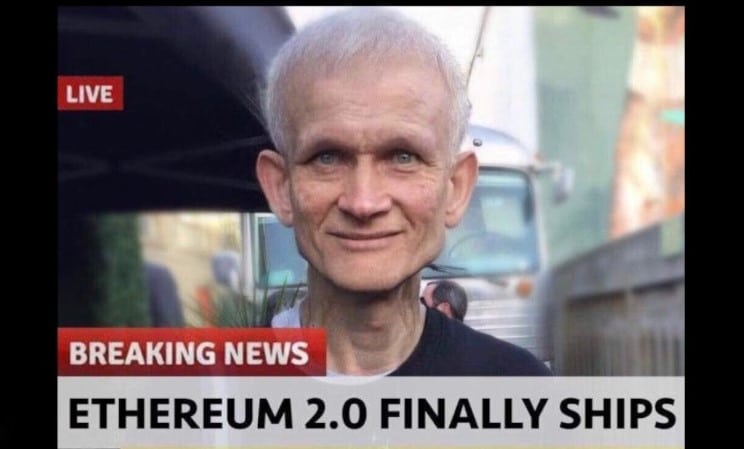Prysmatic Labs launches Topaz in testnet and the genesis block of the first Ethereum 2.0 test will be generated on April 16th.
Introducing our next test network release:
💎 The Topaz Testnet 💎
☑️ 32 ETH deposits
☑️ Full mainnet configuration
☑️ Latest ETH2 phase 0 spec v0.11.1
☑️ Built on Goerli 💪
☑️ 70+ contributorsSend your test deposits now!
Genesis in a few days🧑💻https://t.co/DfgsAorFUA— Prysm Ethereum Client (@prylabs) April 14, 2020
Meanwhile, DappRadar reports a 64% increase in activity in Q1 2020 on the most popular blockchain for smart contracts. That’s why work on version 2.0 must accelerate.
Just over two years ago, Prysmatic Labs began its journey to implement Ethereum 2.0 with three projects: Ruby, Sapphire and Diamond, a team that has seriously committed to bringing Ethereum to a global scale
The team announces the launch of the planned testnet for Ethereum 2.0 phase zero, the Topaz test network. The Topaz test network represents the entire phase zero mainnet configuration.
In the previous testnet, Sapphire, one-tenth of the deposits determined for the final launch were used. For Topaz, however, validators will need to deposit the full 32 ETH on Goerli’s ETH1 testnet to participate.
The Topaz test network has already accepted the deposits for the genesis block. Today Prysmatic Labs will start rejecting its Sapphire validators and sending new repositories for the genesis block.
Those wishing to be a validator in this testing phase must submit your repository by 00:00 UTC on April 16th, 2020, at which point Prysmatic will start sending bulk repositories to kick off the test network.
Vitalik Buterin himself is holding back the excitement by declaring that some reboots will be required and that this is not yet the final version of the Testnet.
Mainnet-configuration eth2 testnet.
Note that this is likely not quite yet "THE Multiclient Testnet™", as we are likely going to do one or two restarts soon to have more chances to test the genesis mechanism. But still, huge progress and excellent work by @prylabs https://t.co/EmUNnOoL6Q
— vitalik.eth (@VitalikButerin) April 14, 2020
There is great expectation for version 2.0 of Ethereum, the promises and hopes for this project are growing rapidly as problems on version 1.0 continue to arise.
DappRadar points out that there are 17,489 active wallets, up 64% compared to the same period last year. If the trend continues there will be a lot of congestion, rising transaction costs and unacceptable waiting times.
Metaphorically, this is not the first time that a queue has formed in front of a restaurant for blockchains.
The first chain to experience customer dissatisfaction was Bitcoin which, during periods of great excitement, has seen its transactions slow down to the point of costing up to $50 per movement on the network. Users waited entire days before seeing their transaction validated.
For Bitcoin, the narrative of the slow and expensive store of value may hold up. As innovative solutions or alternative ways to scale the network are sought, the digital gold feature lends itself to moments of slowdown.
For Ethereum this cannot happen, given the model on which the projects using its network are based. We’ve seen this with MakerDAO or in some dApps that fail to function properly when the network becomes congested.
ETH has to scale up and the hurry, poor advisor, is one of the reasons why the community often jokes about waiting for version 2.0, humouring on its arrival.
In the meantime, the web has been playing around with memes. Here is an old Vitalik announcing the final version:


